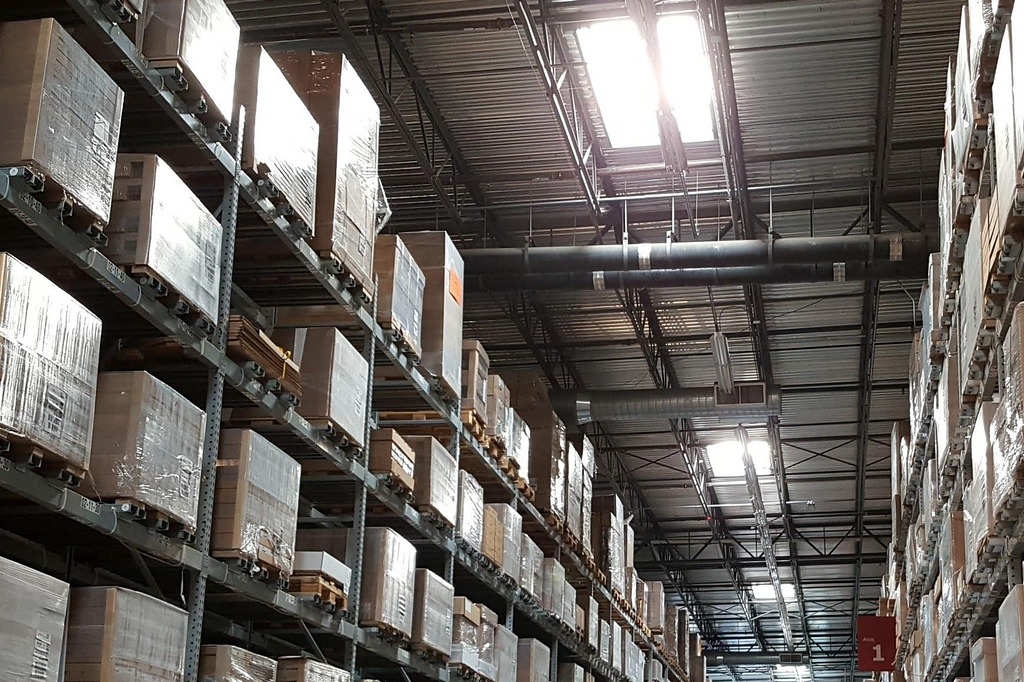Turning your Online Store Visitors into Shoppers
You’ve done a brilliant job getting people to visit your online store, but this is only ONE thing. Turning them into paying customers is another, and we might say, probably one of the most important. It often comes down to the details: how fast your store loads, how easy it is to use, and how much trust it inspires. In this article, we’ll look at three areas that can turn your visitors into paying customers: website performance, user experience, and building trust.
We’re experts in e-Commerce development services and we’re here to help you choose the right solution for your business.
Before you start making changes, it’s worth taking a good look at how your website is performing. Understanding what’s working (and what isn’t) helps you focus your efforts where they’ll have the biggest impact. What you have to understand is that optimising for conversions isn’t a one-off job, it’s an ongoing process of testing, tweaking, and improving as your audience and technology evolve. Google also rewards websites that load quickly and work smoothly on any device, so improving your speed and responsiveness will work two ways – first by helping you bring visitors to your website, and then by boosting your conversions.
Understanding your Website Performance with PageSpeed Insights
If you want to make your website faster, Google’s PageSpeed Insights is a great place to start. It measures how well your site performs on both desktop and mobile, then breaks that performance down into clear, actionable metrics.

These include things like First Contentful Paint (how quickly something appears on screen), Largest Contentful Paint (when the main content finishes loading), Cumulative Layout Shift (how stable your layout is), and Total Blocking Time (how long scripts delay interaction).
We’ve written more about this topic in a comprehensive guide that dives deeper into each metric and how to improve them – you can find it here: https://blog.cleverplusplus.com/improving-your-magento-store-core-web-vitals/
By focusing on these scores, you can pinpoint exactly what’s slowing your site down. Compressing images, reducing unused code, and minimising third-party scripts all help pages load faster.
Choosing a reliable hosting service and enabling browser caching can also make a noticeable difference. On mobile, make sure your layout adapts smoothly to smaller screens and that any visual content is optimised for touch.
Optimising Your Magento Frontend for Better Performance
Merchants that run their online store on Magento know very well that it is a powerful platform, but it can be quite heavy if it’s not properly optimised. That’s where a skilled frontend developer makes all the difference, as he can understand how to fine-tune your site’s structure, code, and assets so that everything loads quickly and runs smoothly, without compromising design or functionality.
The process usually starts with cleaning up and streamlining the theme. Over time, unnecessary scripts, bulky images, and outdated CSS or JavaScript can build up, slowing the store down. A frontend developer can remove unused code, compress assets, and implement lazy loading so that content appears faster as users scroll. They’ll also optimise fonts, icons, and media for modern browsers, which can significantly cut down on load times.
Another major improvement comes from managing caching and content delivery. By configuring Magento’s built-in caching tools and using a content delivery network (CDN), your developer can make sure pages are served quickly from the nearest location to each user. They can also optimise how your site handles dynamic elements like sliders, filters, and pop-ups.
And finally, but by no means least, your front-end developer makes sure your Magento store performs just as smoothly on mobile as it does on desktop. That means responsive layouts, touch-friendly navigation, and well-balanced visuals that look sharp without weighing the site down.
Moving away from the default Magento theme
If your Magento store still runs on the default Luma theme, switching to a modern alternative like Hyvä can deliver a major performance boost.

Luma’s codebase is heavy and complex, which often results in slow load times and higher maintenance costs.
Hyvä, on the other hand, was built from the ground up with speed and simplicity in mind. It uses far less JavaScript, cleaner CSS, and a much lighter framework overall, meaning pages load faster and respond more smoothly on every device.
We recently completed a major frontend transformation for one of our clients where we replaced the Breeze theme with a fast Hyvä theme. It was a move designed to significantly enhance both performance and flexibility. This transition wasn’t just a facelift. It involved ensuring compatibility with Magento 2 extensions, and streamlining the entire frontend stack for better Core Web Vitals and developer experience.
The result was a much faster, more modern shopping experience with clean code, fewer dependencies, and dramatically improved loading times across devices.
Bringing the Backend Dev Team in the Game
While frontend optimisation makes your site look and feel faster, real performance gains often come from the backend. Backend development plays a key role in how your store handles data, processes requests, and serves content behind the scenes. The team can optimise database queries to reduce load times, configure caching systems like Redis or Varnish, and fine-tune server settings for better resource management. They can also identify and remove unnecessary extensions, which often slow sites down without adding much value.
That said, none of this will make a lasting difference if your Magento setup isn’t running on the latest stable version, with efficient indexing and cron jobs properly configured.
Creating a Seamless User Experience
Even if costs for employing a UX designer are not on the low side, we can fairly say it makes all the money. It’s not just about looks, it’s about how your site feels to use.
Good UX starts with structure. Menus should make sense at a glance, product categories should be easy to browse, and your search function should return relevant results quickly. Visual hierarchy plays a big role too, guiding shoppers naturally from browsing to checkout without confusion or clutter. Every button, image, and word should serve a purpose.
Then… there’s accessibility. A store that performs seamlessly across all devices, screen sizes, and abilities isn’t just inclusive, it’s good business.
Ultimately, great UX means designing every element of your store around how real people think, behave, and shop. When you make their journey effortless, you turn casual visitors into long-term customers.
If you want to take matters into your own hands, there are Magento extensions and integrations that let store owners see heatmaps and session behaviour so they can improve UX.
Microsoft Clarity Connector (Magento 2) is one of them. This integrates Microsoft Clarity directly into your store, offering free heatmaps, session recordings, and click/scroll interaction data. It’s excellent value (Clarity itself is free) and generally easy to manage through the admin panel. Just check that your theme doesn’t interfere with its script loading.
Knowband MockingFish Heatmap & A/B Testing Tool is a Magento-specific extension that provides standard heatmap tools along with basic A/B testing. It’s a good option if you want tighter integration without relying too heavily on external SaaS platforms, though it’s slightly less in-depth than dedicated UX analytics tools.
Other solid integrations worth exploring include Mouseflow, which offers detailed behaviour tracking and session replays, and Capturly, which combines heatmaps, funnel tracking, and a clear visual dashboard. As always, it’s worth checking performance impact before implementing, since additional scripts can slightly affect page speed.
What you need to keep in mind is that any tracking or heatmap tool adds code to your frontend. A good developer will ensure it loads asynchronously or only after the initial page render. Also, test compatibility with your theme or frontend stack, especially if you’re using custom builds or frameworks like Hyvä. And then, there are privacy laws, so always stay compliant with GDPR by including proper consent banners and data anonymization.
Building Trust
Trust is everything in eCommerce. When it comes to money and especially parting with them, customers need to feel confident that your store is secure, transparent, and reliable. You can build that trust in simple but powerful ways: clear terms and conditions, visible contact details, and trust badges that show your site uses secure payment gateways and SSL encryption. Even small touches like transparent delivery and returns policies go a long way towards reassuring new customers.
But beyond what people see, how your checkout feels plays a huge role in building confidence. A smooth, intuitive checkout reassures customers that they’re in good hands.
Magento’s native checkout process is solid, offering a two-step layout that’s clean and logical. The first step captures customer and shipping details; the second handles payment and review. It’s a good balance of clarity and control, helping users understand exactly where they are in the process.
That said, if your audience prefers speed and simplicity, a one-step checkout can be a worthwhile upgrade. Extensions like Amasty One Step Checkout or Aheadworks One Step Checkout compress the flow into a single page, reducing clicks and abandonment rates, especially on mobile. The key is to keep the journey short and predictable. Auto-fill address fields where possible, remove distractions, and make sure buttons and error messages are clear. Every delay or moment of uncertainty can make a customer hesitate, so it’s worth testing your checkout flow regularly on different devices and browsers.
If you want to know more about our list of services at Clever++, please visit our website.




